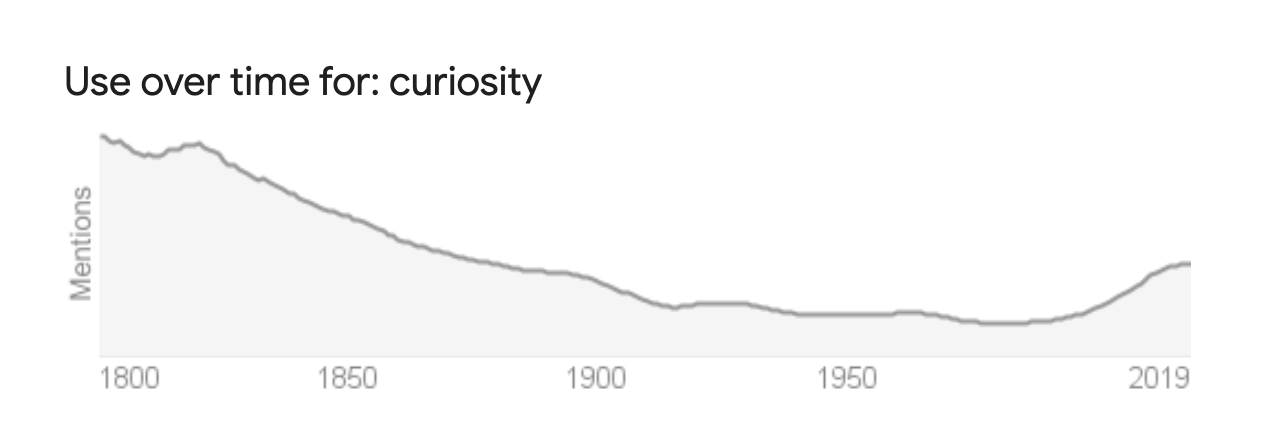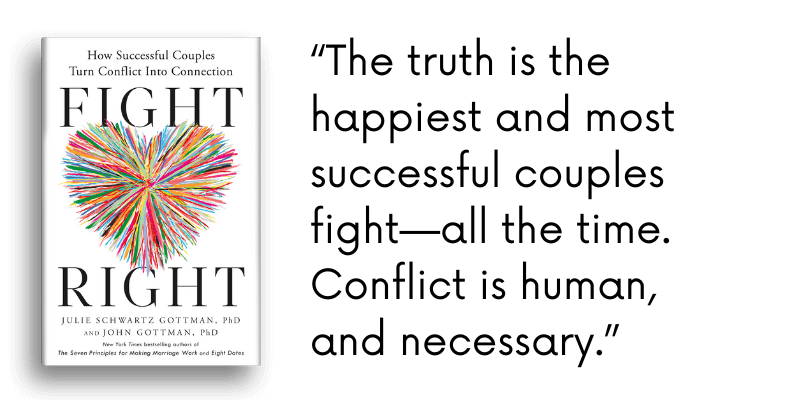Link all of your ONE WORD blog posts below. Share an update about your One Word in the comments.
~ * ~ * ~
This is an easy—but beneficial—exercise to do each year with your One Word.
1. DEFINE IT
Look up your word in the dictionary. Does it have more than one meaning? How many of its meanings are you using for your practice this year? Which meaning is most applicable to you?
My word CURIOSITY has two main meanings:
1. A strong desire to know or learn something
2. A strange or unusual object or fact
I’m mostly using definition #1 this year. I wonder about many things, including my own inner healing and outward actions, as well as mysteries all around me. But definition #2—uncommon or exotic novelties (curiosities)—definitely grabs my attention as well.
I also looked up the trending use of CURIOSITY over time. It went down in popularity for quite awhile, but is on an upswing the past few years.

2. SAME AS
List some of your word’s synonyms. If you had to choose one of these as a backup word for this year, which would you choose? Why?
Synonyms of CURIOSITY that I like:
-
- Inquisitive
- Concern
- Interested
- Examine
- Question
- Inspect
- Search
Synonyms of CURIOSITY that I don’t want to become:
-
- Nosy
- Prying
- Meddlesome
- Intrusive
For a backup word, I’d most likely choose CONNECT. It’s not a direct synonym for CURIOSITY, but one of my main goals for curiosity this year is to connect, in relationships with others and within my own understanding of life.
3. OPPOSITE OF
List some of your word’s antonyms. Understanding what your word does NOT mean might help you understand what it DOES mean. What insights do you gain from its opposite?
A few antonyms of CURIOSITY include:
-
- Apathetic
- Disinterested
- Disregard
- Unconcerned
This exercise helps me see CURIOSITY on a continuum: from one extreme of being too curious about things that aren’t my business (i.e., nosy and meddlesome) to the other extreme of not caring at all (even when it’s appropriate to care). I want to be curious in the most healthy ways and avoid harmful curiosity (it did kill the cat after all, lol).
Curiosity for its own sake, or as just an intellectual tool, isn’t my goal. Instead, I want to pair curiosity with kindness, mindfulness, and in a manner that values human dignity, including my own.

This One Word linkup will remain open for two weeks, closing at midnight on Sunday, April 7. Link as many posts as you’d like about your One Word. Each link will also be shared in our One Word Facebook group.
Our April One Word linkup will open on Wednesday, April 24 (and on the 24th of each month for 2024).
If you’d like to receive our monthly One Word emails and ideas, sign up here.
How are you engaging with your One Word 2024? Leave a comment here telling us about your One Word.





